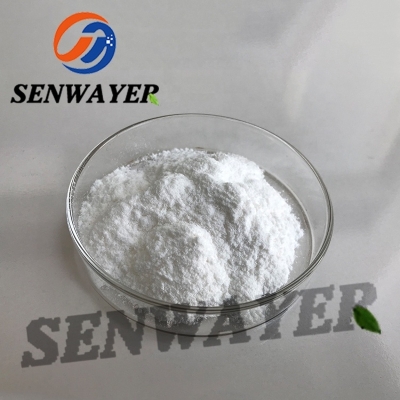Driving force and potential risks of the tide of anti-tumor drug development
-
Last Update: 2016-07-04
-
Source: Internet
-
Author: User
Search more information of high quality chemicals, good prices and reliable suppliers, visit
www.echemi.com
Source: the most popular investment direction of the pharmaceutical industry is the research and development of anti-tumor drugs According to Forbes, 40% of the research and development funds of new drugs are invested in anti-tumor drugs So is the ratio reasonable? What does it mean for manufacturers and investors? A few days ago, we talked about the glory of MSD in the 1980s The industry agreed that the main reason why MSD became the most profitable and respected pharmaceutical enterprise was its science driven R & D strategy So now is the high-intensity investment of anti-tumor drugs in line with the principle of science driven? Although basic research has been inclined to anti-tumor drugs for many years, the high-quality targets in this field are not beyond other fields According to recent statistics, the success rate of clinical development of anti-tumor drugs is 5.1%, lower than that of all other drugs It is far lower than the success rate of drug development in common diseases such as metabolic diseases (15%) and even mental diseases (6.2%) Therefore, the number of high-quality targets is not the main driver, and investors do not enter this field because of science There is no doubt that tumor is an extremely terrible disease threatening human health, but malignant tumor is not the biggest burden of disease in the society now, because the number of cancer deaths in the world is not even in the top ten Even in the U.S., a major market for new drugs, if the number of years of lost health life is taken as an indicator of disease burden, cancer ranks behind mental illness and cardiovascular disease So the burden of disease is not the biggest driver The reason that anti-tumor drugs attract a lot of investment from investors is because of the price of anti-tumor drugs According to motleypool, FDA has approved 20 anticancer drugs since September 2014 In addition to the chemotherapeutic yondelis, all other new drugs cost more than $104, 000 a year Although manufacturers will offer some discounts and patients may not use drugs for more than a year, this high price is obviously the core driver of capital inflow This situation has resulted in the current gold rush model of cancer drug research and development, that is, only a few enterprises and a few projects can get huge returns, while most enterprises and investors will come and fall just like buying lottery tickets This kind of pyramid return model is more sensitive to macro changes, and will be more vulnerable if the United States begins to control the companies at a disadvantage in drug prices In natural disasters, the species with weak viability were eliminated first A large number of capital chasing a few high-quality projects will inevitably intensify the already fierce competition Last week, MSD announced that it will invest $2 billion in research and development funds in keytruda this year Even if small companies and MSD find PD-1 antibody at the same time, they will lose in high-intensity confrontation, let alone wait for others to go public and catch up Last week, FDA officials warned that too much capital is now invested in the development of PD-1 antibodies, which may indicate that it is difficult for similar drugs to be listed in the future, let alone participate in market competition Another bad consequence is connivance in high-risk projects Many projects, especially immunotherapy and its combination, rush to the top without pre clinical optimization model and clinical biomarkers, which is like climbing to the top of Everest regardless of weather conditions A large number of anti-tumor projects also make clinical trial resources more and more scarce, which is similar to the congestion of Mount Everest in recent years High intensity investment accelerates the development pace of new products, but also shortens the market life of new products There have been several cases where breakthrough new drugs have stopped growing or declining before the patent period, such as BRAF inhibitors and CTLA4 antibodies (although the combination may give yervoy some vitality) Investors in these products will get better returns if they find similar drugs in other fields George Merck's "medicine is not for the profile, it is for the people" is ideal, but the general direction is right Roy Vagelos's science driven R & D model is highly praised by many people, but not really implemented by many people Now, the research and development of anti-tumor drugs is a bit similar to Everest becoming a tourist attraction Many investors should not have been in this field
This article is an English version of an article which is originally in the Chinese language on echemi.com and is provided for information purposes only.
This website makes no representation or warranty of any kind, either expressed or implied, as to the accuracy, completeness ownership or reliability of
the article or any translations thereof. If you have any concerns or complaints relating to the article, please send an email, providing a detailed
description of the concern or complaint, to
service@echemi.com. A staff member will contact you within 5 working days. Once verified, infringing content
will be removed immediately.







